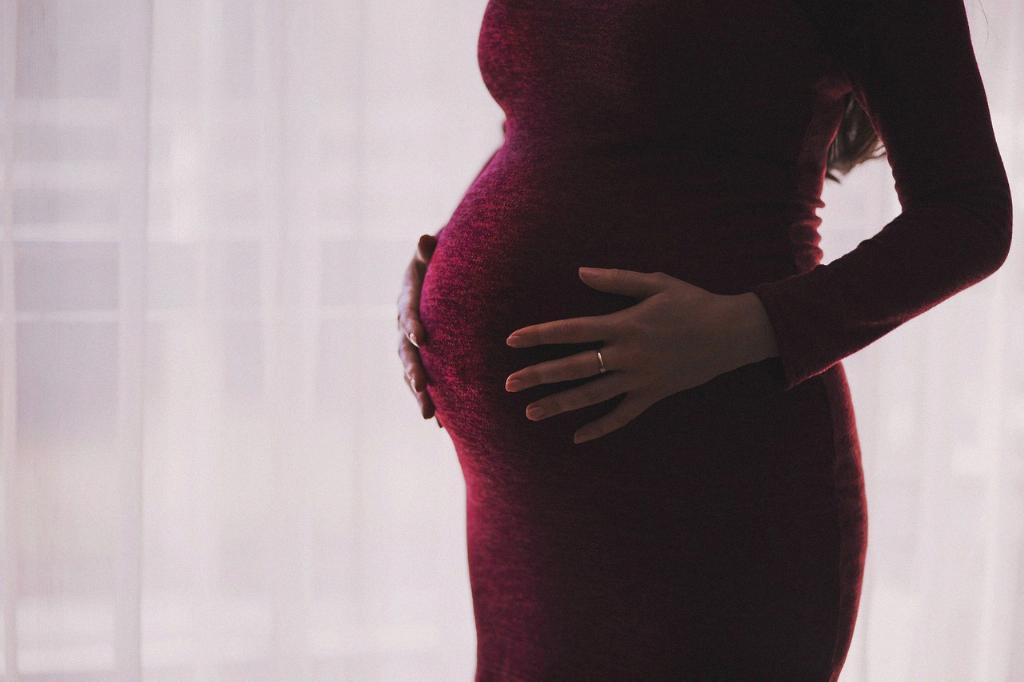Subchorionic hematoma, also known as subchorionic hemorrhage, is a condition that occurs when blood collects between the pregnancy membranes and the wall of the uterus. This can be a scary experience for expectant mothers, as it is often accompanied by vaginal bleeding and can increase the risk of complications during pregnancy.
One of the questions that frequently arises when discussing subchorionic hematoma is whether bed rest can be beneficial in managing this condition. While bed rest has been a common recommendation in the past for various pregnancy-related issues, its effectiveness in treating subchorionic hematoma is a topic of ongoing debate among healthcare providers.
A number of studies have explored the potential benefits of bed rest for women with subchorionic hematoma. Some researchers suggest that restricting physical activity and spending more time in a horizontal position can help reduce the risk of further bleeding and potentially improve pregnancy outcomes. In theory, decreasing movement and avoiding strenuous activities could allow the body to heal and absorb the hematoma more effectively.
However, it is essential to note that the evidence supporting the use of bed rest for subchorionic hematoma is not definitive. While some studies have reported positive outcomes in terms of reduced bleeding and improved pregnancy viability, others have found no significant difference in outcomes between women who were prescribed bed rest and those who continued with their usual activities.
Furthermore, prolonged bed rest can have its drawbacks. Being inactive for extended periods can lead to muscle atrophy, reduced cardiovascular fitness, and an increased risk of blood clots. For pregnant women, maintaining mobility and engaging in gentle exercises can be beneficial for overall health and well-being.
Another consideration is the potential psychological impact of bed rest on expectant mothers. Being confined to bed for an extended period can be isolating, anxiety-inducing, and emotionally taxing. The stress associated with strict bed rest guidelines may outweigh any potential physical benefits in some cases.
Healthcare providers should carefully weigh the risks and benefits of prescribing bed rest for subchorionic hematoma on a case-by-case basis. Factors such as the size of the hematoma, the presence of other pregnancy complications, and the overall health of the mother and baby should all be taken into account when making treatment recommendations.
Ultimately, the decision to recommend bed rest for subchorionic hematoma should be based on individual circumstances and guided by current medical evidence. Healthcare providers should engage in open and honest discussions with their patients, providing them with the information they need to make informed decisions about their care.
In conclusion, while bed rest has been considered a potential treatment option for subchorionic hematoma, its effectiveness remains uncertain. More research is needed to determine the true impact of bed rest on pregnancy outcomes in women with this condition. Until clearer guidelines are established, healthcare providers should approach the use of bed rest for subchorionic hematoma with caution and tailor their recommendations to each patient’s unique situation.

